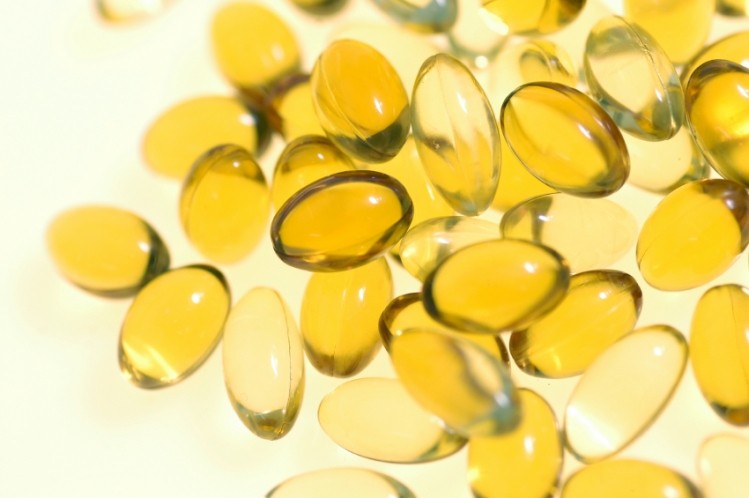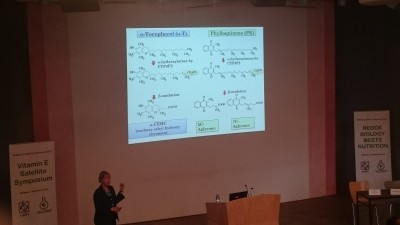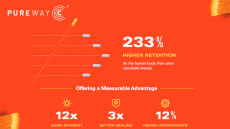Age range of values needed for vitamin E, DSM tells EFSA

Last week EFSA issued dietary reference values (DRVs) for vitamin E as alpha-tocopherol, setting 13 mg/day for men and 11 mg/day for women. They said there was no evidence that pregnant or lactating women should have a higher dose – something the trade group Food Supplements Europe contested in the period of public consultation.
Meanwhile for both boys and girls aged 3 – 10 years EFSA set at 9 mg/day and children aged 10 – 18 years 13 mg/day for boys and 11 mg/day for girls. For infants aged 7–11 months it set 5 mg/day.
Manfred Eggersdorfer, DSM’s senior vice-president of nutrition science and advocacy and professor of healthy ageing at the University of Groningen, told us the body should have gone further to take different age group needs into account.
Adequate intake (AI) is the value estimated when a Population Reference Intake (PRI) – a level adequate for virtually all people in a population group – and therefore Average Requirements (ARs) cannot be established. In this case EFSA said this was not possible with the data available.
In the EU, adult recommendations previously ranged from 4 to 25 mg a-tocopherol equivalents per day for men and from 3 to 12 mg per day for women while the German-speaking countries (D-A-CH) set recommendations of 12-15 mg per day for men and 11-12 mg for women depending on age. Italy also took this strategy on ages.
“With individual needs varying depending on factors such as age, it may be more appropriate to consider a range of values rather than a fixed intake requirement,” he said.
Professor Eggersdorfer also said the opinion did not take into account the additional needs of pregnant and lactating women, which he called a "missed opportunity".
EFSA's opinion held big public health implications, Eggersdorfer said in a DSM statement. “Achieving an optimal status of vitamin E is associated with a number of positive health benefits. Outcomes from the main epidemiological studies show a risk reduction of 24% for cardiovascular events, when comparing high versus low vitamin E concentrations. These results suggest a beneficial effect of vitamin E at a plasma concentration of 30 μmol/L. An increase of the intake recommendation would secure that the general population can reach this status.”
He said intake of vitamin E was generally low in Europe, with the results a DSM micronutrient survey showing over 75% of the UK population in the UK did not meet the recommended intake.
Polyunsaturated fatty acid (PUFA) intake should have also been considered since studies have suggested vitamin E and PUFAs should be taken at a complimentary ratio. This could have been achieved with a simple sentence in the opinion explaining that those taking omega-3 supplements or fortified foods should increase their vitamin E intake simultaneously.
Despite these criticisms he said a pan-EU opinion was a positive thing since current member state recommendations differed widely. "The new EFSA opinion may provide clarity."















